Robots Storm ISTE: 6 Implications
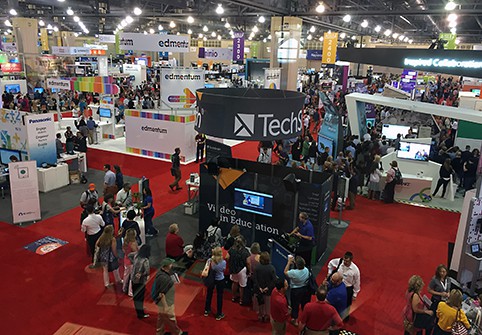
The new thing at ISTE this year was a much expanded display of robots and maker tech. More than 20,000 educators visited with more than 550 EdTech vendors in Philadelphia this week at #ISTE2015.
Bots and bits. A dozen exhibitors showed how robotics could teach coding and creativity. Consumer favorite Lego showed off controllers, sensors, and motors for really sophisticated robots. Blue-Bot helps primary students code, debug and simulate algorithms.
Tynker combines coding tutorials and hands-on play. The platform that teaches children the fundamentals of programming by having them build their own games recently expanded the platform to allow kids to control connected devices, including drones, robots and other “smart home” products, like lighting systems.
LittleBits showed off their electronic building blocks (powered by a gigantic round of funding last week). While popular with schools, about half of their revenue is from consumer sales.
Modular Robotics feature snap-together Cublets that help kids 4 and up quickly assembly smart machines. MOOS kits, for kids 8 and up, powers sophisticated robots.
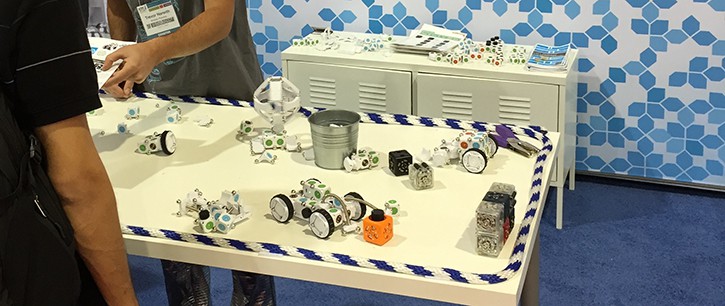
Exploring-Robotics identifies quality robotics programs for K-12 students and provides training and technical support for teachers.
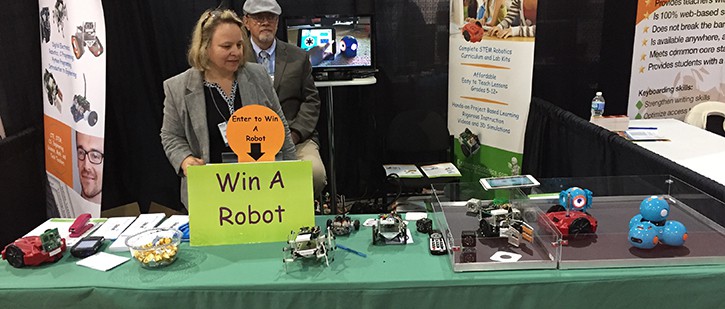
VEX Robotics featured battling robots. Hands-on STEM vendors Pitsco, Pasco, and Project Lead the Way also had a big presence.

See 3D. A half a dozen three printers showed off their maker capabilities including 3D Systems, M3D, Makerbot Industries, MakerGear, and Polar3D.
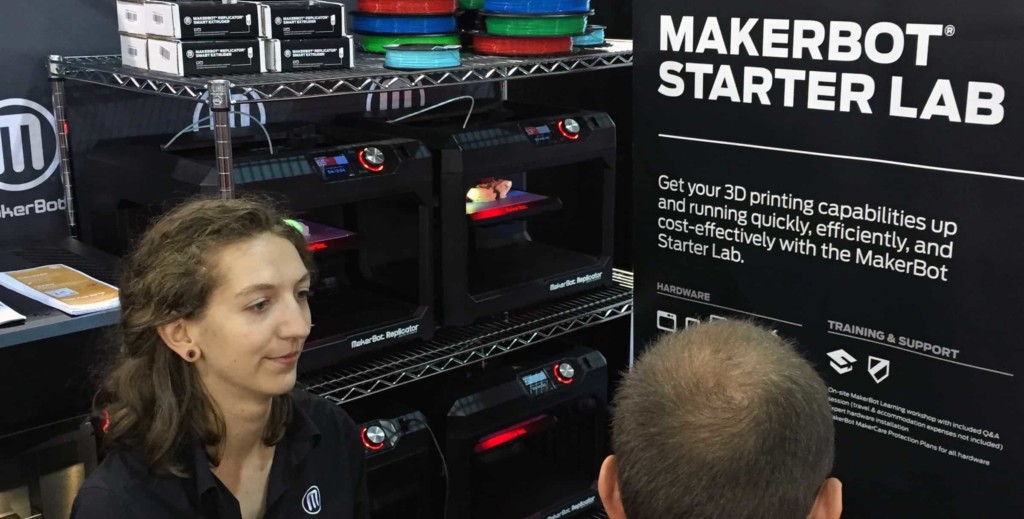
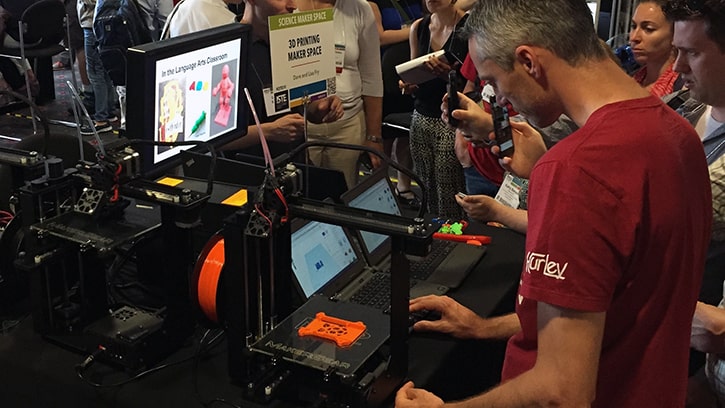
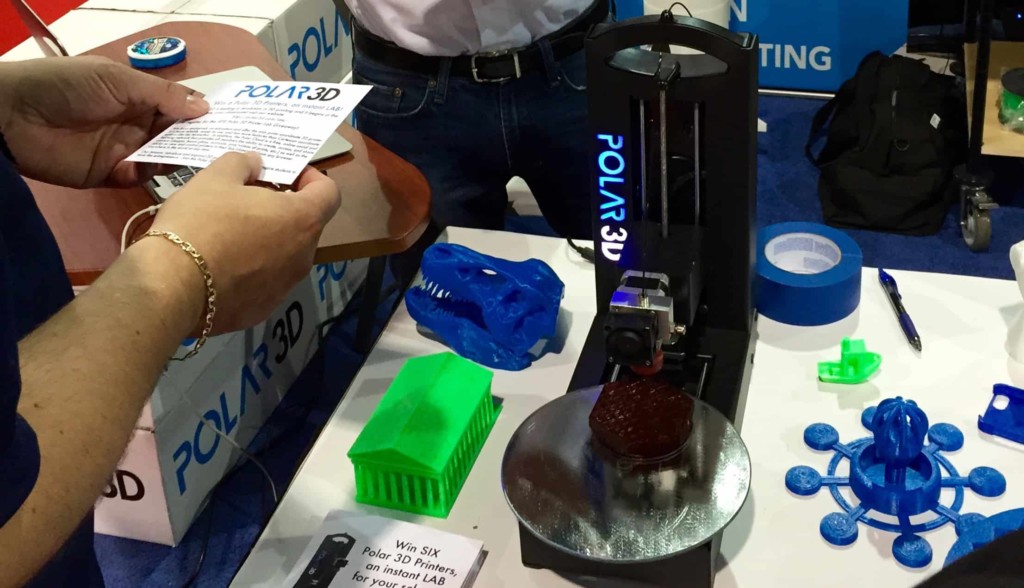
Zspace is the coolest 3D visualization software out there–and a great way to teach science said
Katie Farley, Los Altos STEM teacher (we featured Zspace in 2012 and it’s cooler and more affordable today).
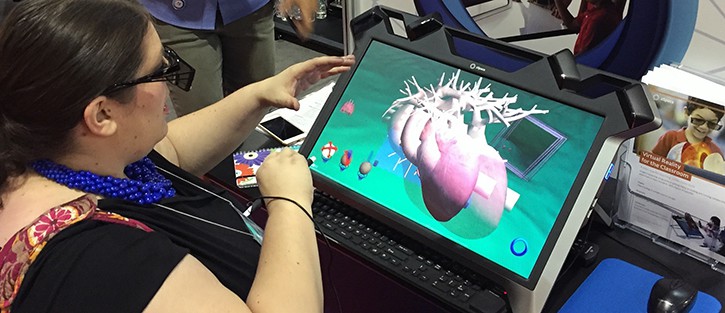
Startup SE3D Education provides 3D bioprinter hardware, PD and modular content. Zyrobotics makes STEM play accessible to all students.
Stories and more. Along with maker tech, there were more adaptive learning games (DreamBox Learning, Mathspace), coding games (Allcancode), virtual reality (Virtual Field Trips), puzzles (Minds On Play) and vendors promising rich learning experiences.
Classcraft helps teachers manage, motivate and engage their students by transforming their classroom into a role-playing game.
Google Cardboard was a popular station in the exhibit hall. Educators experienced virtual reality in a simple, fun, and affordable way.
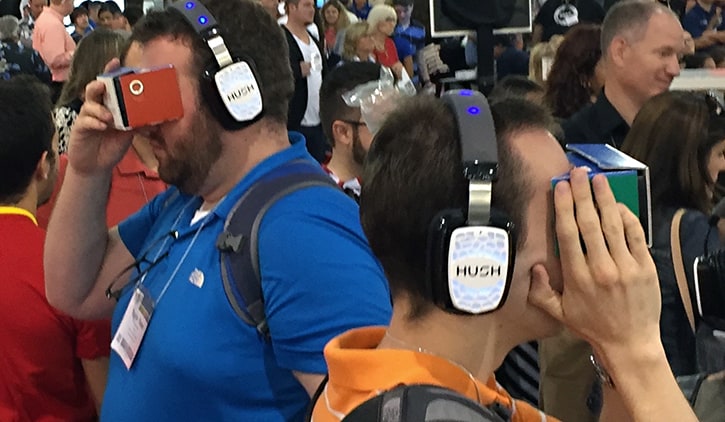
What to make of maker? The rise of high engagement interest-driven learning appears to have six implications:
- Anywhere: Many of the vendors pictured above are finding success selling to consumers as well as schools signaling that hands-on, as well as online, is expanding anywhere anytime learning opportunities.
- LX opportunity: Finding ways to combine interest-based and standards-based learning is the most important learner experience (LX) design opportunity of our time. It requires teachers and parents to remain aware of expanding opportunities and encourage production, presentation, and reflection.
- Better blends: the rise of robotics and maker signals the potential of exciting blends of online and hands-on; team and individual; STEM and art; critical thinking and creativity; and school and at-home.
- Competency: as the types and locations learning opportunities expand, students will soon have more and better ways to demonstrate competence. These achievement recognition systems will guide learner progress through educational systems. Along with work products these badge systems will power portable portfolios that will improve market signaling and employability.
- Equity: A small percentage of learners can absorb and regurgitate content in a passive environment. Bored and frustrated students act out or check out leading to academic failure. High engagement pathways have the potential to expand access to academic success and boost career awareness and preparation.
- Global: Computer scientist Andrew Ng recently joined Chinese marketplace Baidu where they screen ideas by the potential to reach a hundred million users (HMU). These maker, coding, robotics startups easily cross the boundary between home and school and the boundary between countries. Like Lego, a handful of them can quickly think about impact at scale and reach their first HMU.
For more, see:


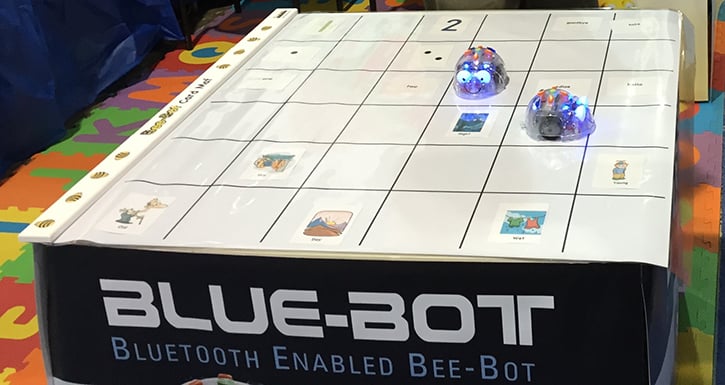
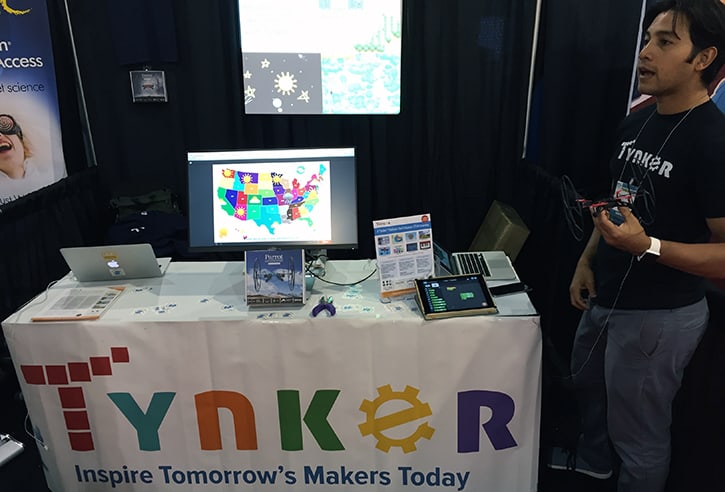
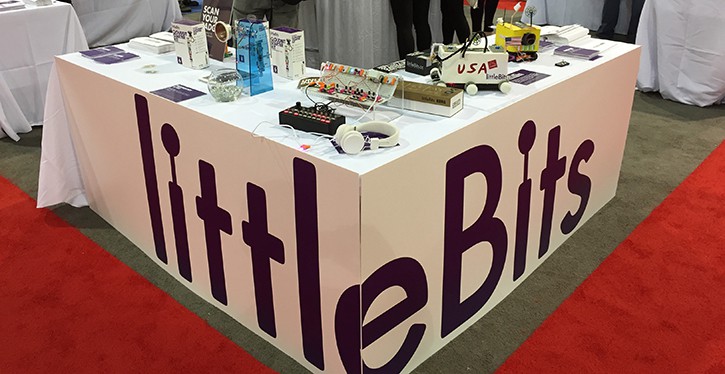
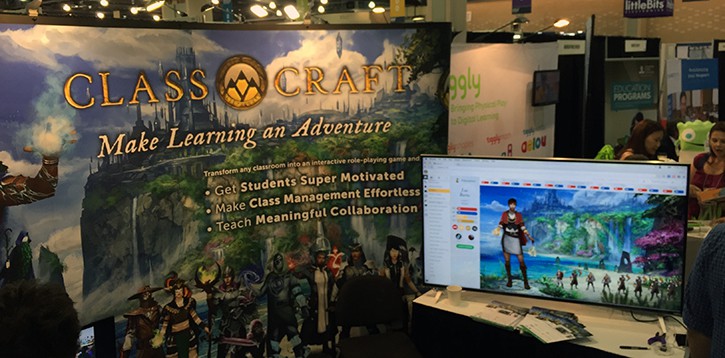
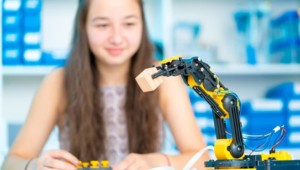
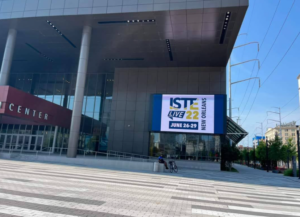
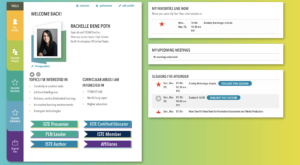
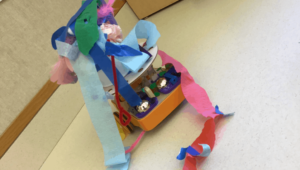
0 Comments
Leave a Comment
Your email address will not be published. All fields are required.